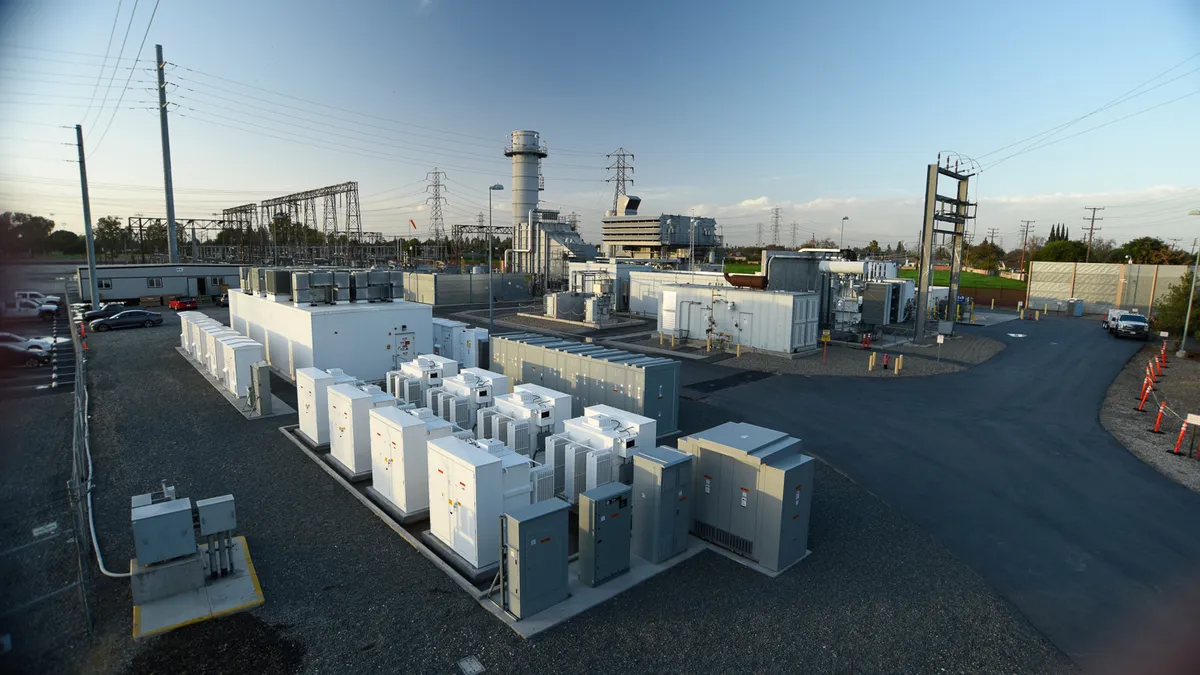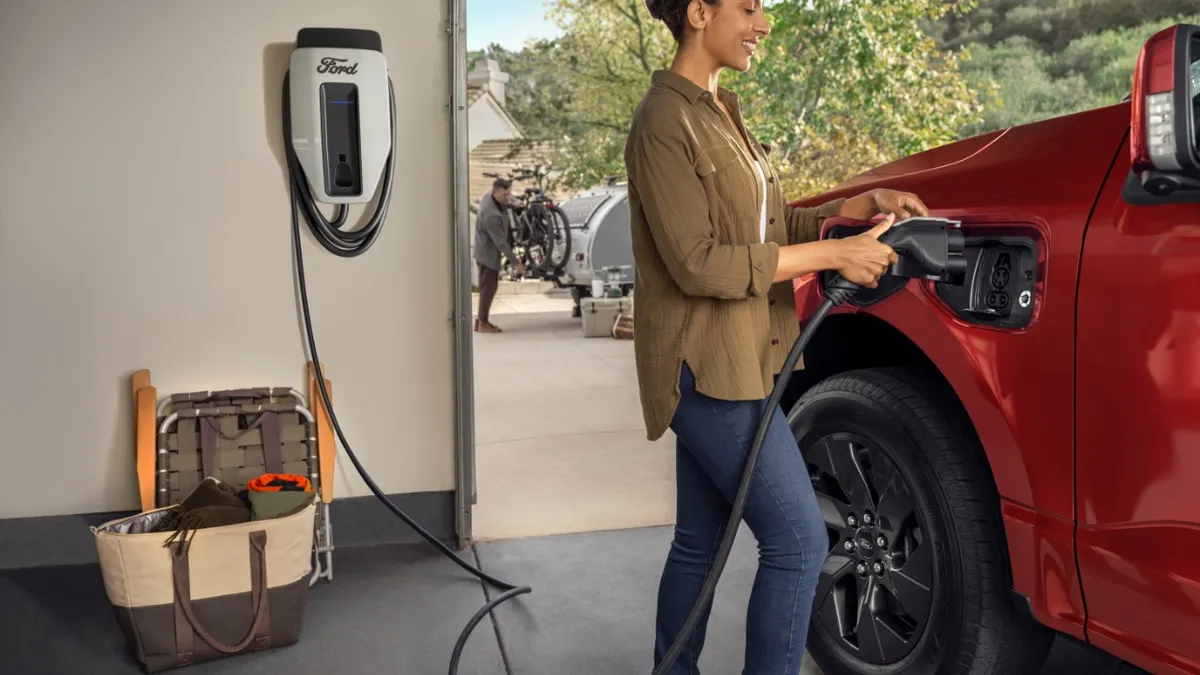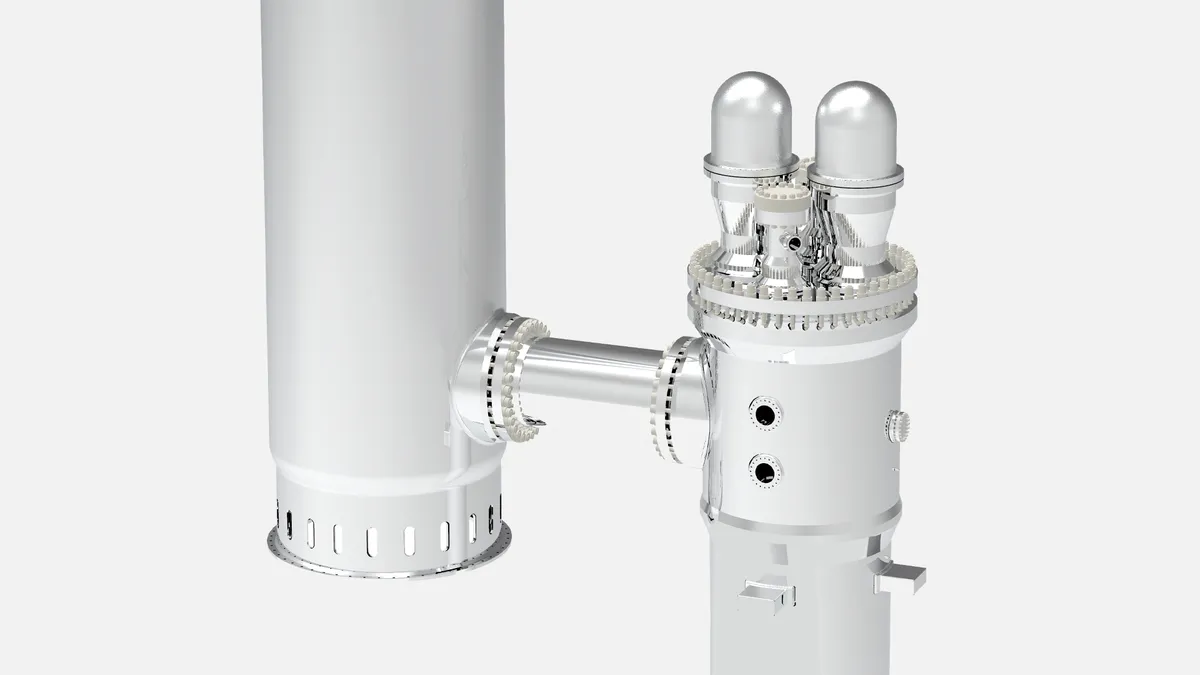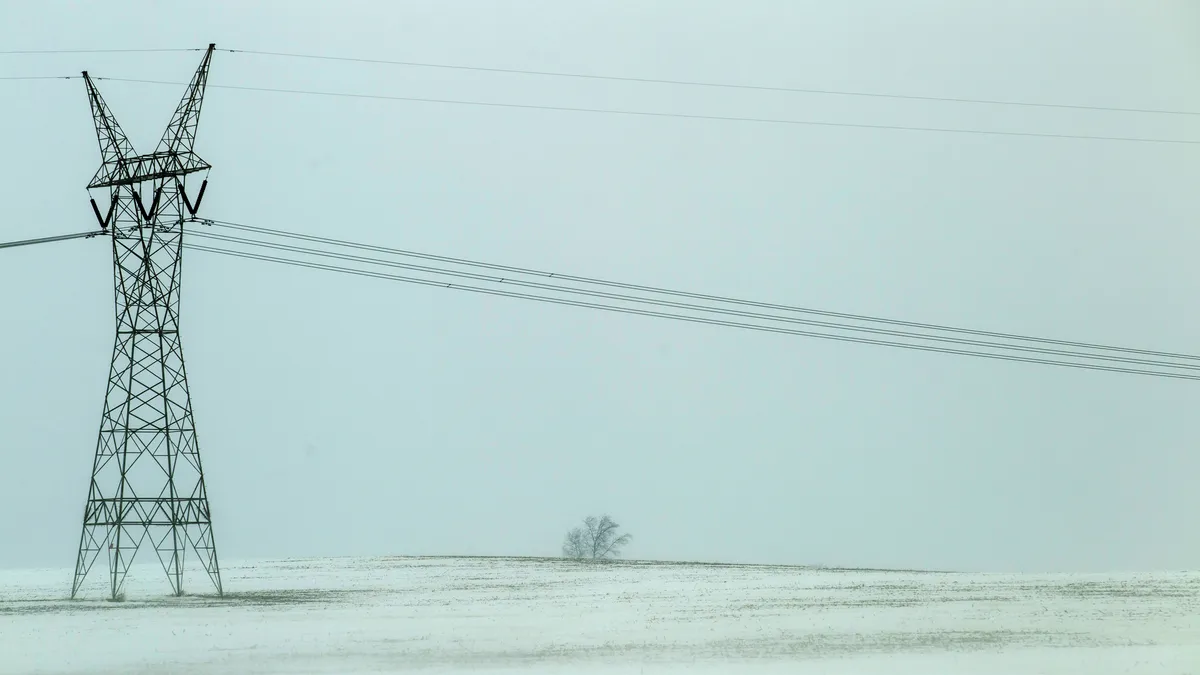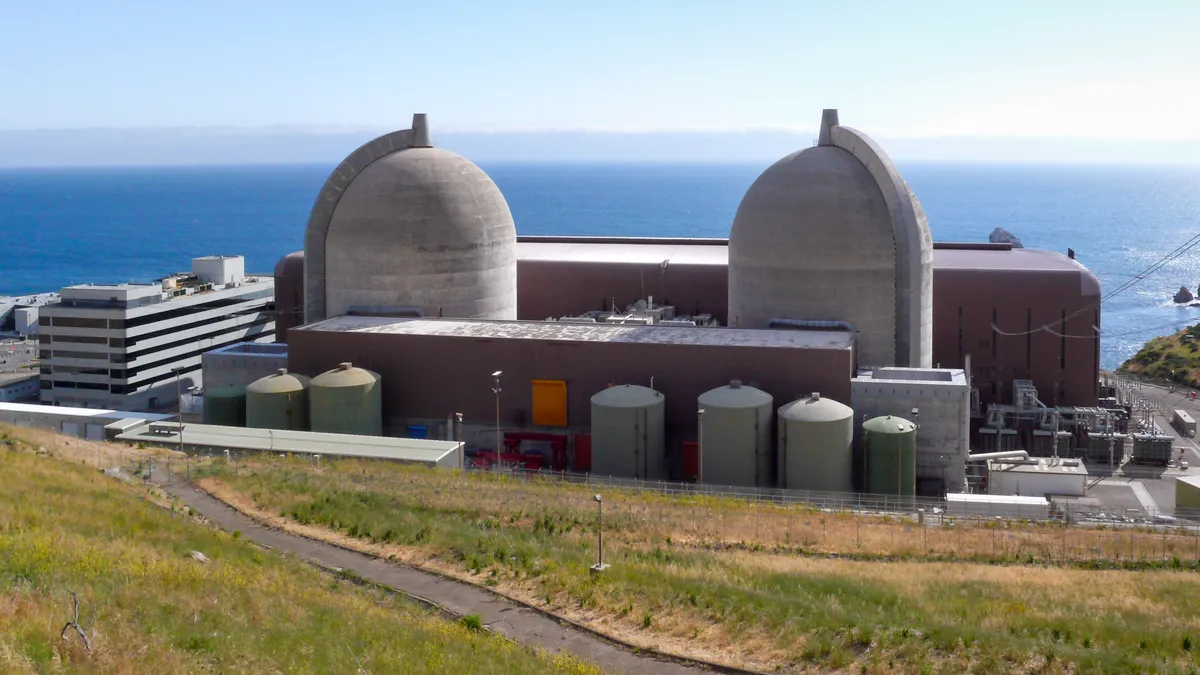New offerings from turbine manufacturers are blurring the line in the debate about whether or not an energy storage facility can replace gas-fired peaking plants.
Earlier this month, Wartsila signed a memorandum of understanding with Southern Co. to develop two flexible gas-fired power projects. The MOU coincides with Wartsila’s acquisition of Greensmith Energy Management Systems. Wartsila said the acquisition would enable it to provide both stand-alone energy storage systems, as well as hybridized energy systems that combine conventional generators with energy storage.
Also in July, Scottish power generator Aggreko agreed to acquire Younicos, the German-U.S. developer of battery technology and energy storage solutions in a $52 million deal.
Last year Caterpillar, a manufacturer also known for its diesel generators, began offering storage, along with PV solar panels, with its generators. Cummins, another diesel engine manufacturer, also is packaging its reciprocating engines with built-in energy storage.
And in April General Electric completed what it says is the world's first hybrid battery-gas turbine system, at a site in Norwalk, Calif., for Southern California Edison. The system combines two 50 MW LM6000 gas turbines with a 10 MW, 4.3 MWh battery storage system.
GE now has four of units in operation in pollution non-attainment zones in California, and has several more installations “in the works,” Eric Gebhardt, vice president of systems and innovations at GE, said.
“The grid is demanding flexibility,” said Adam Forni, a senior research analyst with Navigant Research. He identified two key value propositions for combining generation and storage.
Storage can respond to wholesale market signals more quickly than generation, and adding storage to a generating plant allows the provider to “right size the generating equipment.”
For manufacturers, adding storage allows them to capture part of the market they might lose otherwise, said Forni. That has been particularly true in the market for reciprocating machines such as diesel generators that has been experiencing disruption.
“They are trying to preserve their margins,” Forni said, noting that the reciprocating generation market is a $20 billion industry.
For GE, the hybrid turbine is the next iteration of a shift the company has made to adapt to a market in which there is a greater need for flexible generation that can quickly adapt to a higher level of intermittent renewable resources on the grid.
The first iteration was a shift to fast-ramping generators, a building block in making the future of the hybrid turbine-storage machine.
In California, GE retrofitted an LM6000 to be a fast-ramping machine able to come online in five minutes as opposed to 10. As the plant ramps up, the battery can provide instantaneous grid services until the turbines come online.
It's only five minutes difference, but Gebhardt said a 10-minute ramp rate of older gas plants would have required a battery twice the size of the 4.3 MWh battery that GE uses in the hybrid machine. That would have changed the cost of the battery and the economics of the hybrid system.
It would seem to be a tough sell to spend money to upgrade or retrofit a system that is already operating and providing good service. But, as Gebhardt points out, adding storage to a gas turbine can provide addition revenue streams for owners.
GE has designed the storage system so that it looks like the turbine is running at full speed even when it is running on the batteries. That enables the owner to offer spinning reserves into the market at a lower cost because not as much fuel is consumed.
The addition of a storage system also allows the owner to add on other revenues streams – depending on the rules of the particular market – such as voltage support, frequency regulation and black start capability.
Gebhardt says GE demonstrated the black start capability of the system in May at a system installed for the Imperial Irrigation District in California.
The hybrid system also improves response time because the battery can respond to grid needs instantaneously and provide power until the turbine reaches full speed.
Without the market mechanisms to compensate for providing those service, however, there is little incentive for the products. So for its hybrid generators – what it calls its EGT turbines – GE is looking at markets where renewable energy penetration is high or is expected to grow, where spinning reserves are costly but capacity is still needed, and markets that buy fast frequency regulation. Right now those markets a mostly in coastal states in the U.S. and in Western Europe, Australia and Japan.
GE’s California installations were a service upgrade, but the company is also looking at including an option for battery storage with all its new plants.
Gebhardt says GE is beginning to investigate combining storage capability on plants that run more frequently, such as mid-merit machines that fall between peakers and baseload plants on the dispatch curve. But, he adds, the process is not as simple as bolting a battery on to a turbine.
In addition to control systems for the battery and between the battery and the turbine, the turbine itself has to be modified, Gebhardt said. Almost any turbine can be paired with storage, but in the end the decision comes down to economics.
The goal, Gebhardt said, is to make the grid more productive. And as battery costs continue to decline, it will make economic sense to deploy customizable battery systems in a variety of capacities in a wider array of plants. “Storage is the next arrow in the quiver,” he said.


